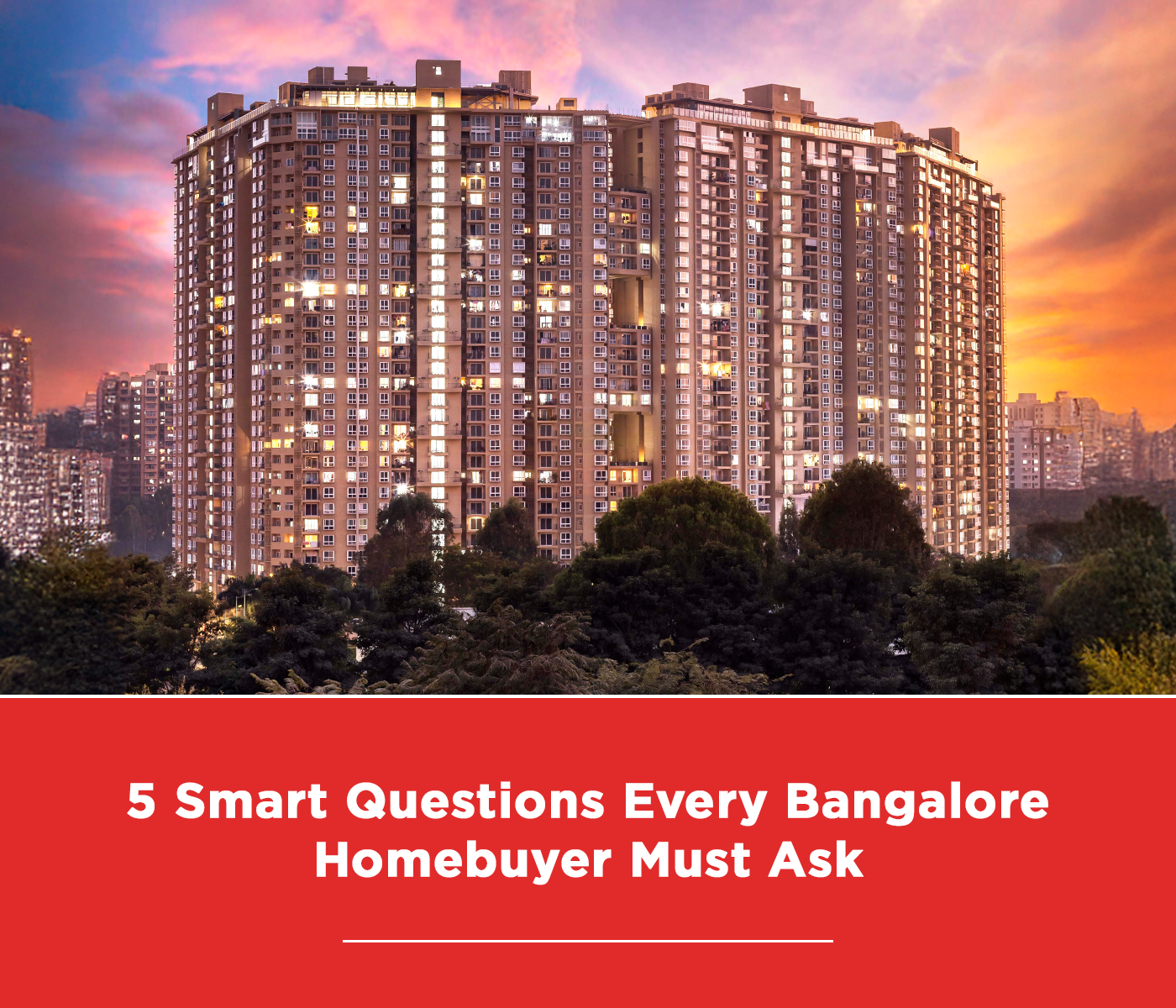
If you’re looking to buy a flat in Bangalore, the standard advice isn’t hard to come by. While budget, location, builder reputation, etc. are definitely important, in a city as dynamic and layered as this, surface-level checklists don’t cut it. Real confidence comes from asking sharper questions.
Here’s a shortlist designed for homebuyers who are thinking long-term
1. Is the area designed to evolve, or will it be outdated in five years?
Most people look at road access and what’s nearby today. But it’s just as important to ask if the location is part of a long-term urban vision or simply reacting to market trends.
North Bangalore has emerged as a major growth corridor. With the Peripheral Ring Road, airport metro expansion, and large-scale commercial investments underway, this part of the city is quickly becoming a hub for business and lifestyle. Integrated townships like Bhartiya City, with schools, offices, retail, and convention spaces built in, are already setting the tone for what’s next.
2. How well does the space adapt to changing routines and not just current needs?
Life changes and it’s often faster than you plan for. A good apartment isn’t one that simply fits into your life today, but can also stretch to accommodate new phases: working from home long-term, raising a child, or starting something of your own.
Bhartiya City Nikoo Homes offers flexibility at both a design and lifestyle level. Apartment layouts are modular, with pockets for home offices, flexible rooms, and well-thought-out balconies that function as real spaces, not just design features. This kind of adaptability is increasingly rare in urban apartments, where every square foot tends to be over-planned and under-lived.
3. What’s the long-term value beyond resale price?
Square footage and pricing per square foot are easy to compare. But that’s just the surface. Real value comes from how the home, and the ecosystem around it ages.
In places like Bhartiya City, consistent maintenance, cultural programming, and managed public areas make a visible difference. Events, concerts, and featuring artists like Martin Garrix, Sunidhi Chauhan, and other large-scale experiences are regularly hosted at Bhartiya Mall, keeping the ecosystem dynamic. This creates a living environment that steadily gains in appeal.
4. Is there a functional sense of community?
Apartments don’t automatically create a community. It comes down to how the space is planned and what it encourages people to do.
Shared green spaces like Central Park, walkable lanes, and open cafés make it easier for people to cross paths and stay connected. Nikoo Homes is woven into this framework, giving residents the opportunity to be part of something larger than just a building. That kind of social fabric adds real depth to the idea of home.
5. How much of your daily life can happen without leaving the gates?
Most projects offer a clubhouse and maybe a supermarket nearby. But what happens on a weekday when you need a doctor, groceries, or a place to take your child? A good location is more than a pin on the map. It’s about how much time you save every day.
From schools and wellness clinics to cafés, offices, and retail, Bhartiya City was planned to make everyday errands and essentials walkable. With the metro line coming up, even commuting gets easier. When your neighbourhood works that well, life feels less interrupted.
What It All Comes Down To
Buying a home in Bangalore isn’t just about ticking boxes. The best decisions come from asking better questions. It’s about understanding how a space fits into your future, not just your present.
Projects like Bhartiya City Nikoo Homes stand out because they’re built with that kind of thinking in mind. They don’t just respond to what the market wants today. They anticipate how people will want to live tomorrow.
If you’re looking for a home that adapts, grows, and delivers value beyond the obvious, it’s worth starting with the right questions and considering the places that have the right answers.
